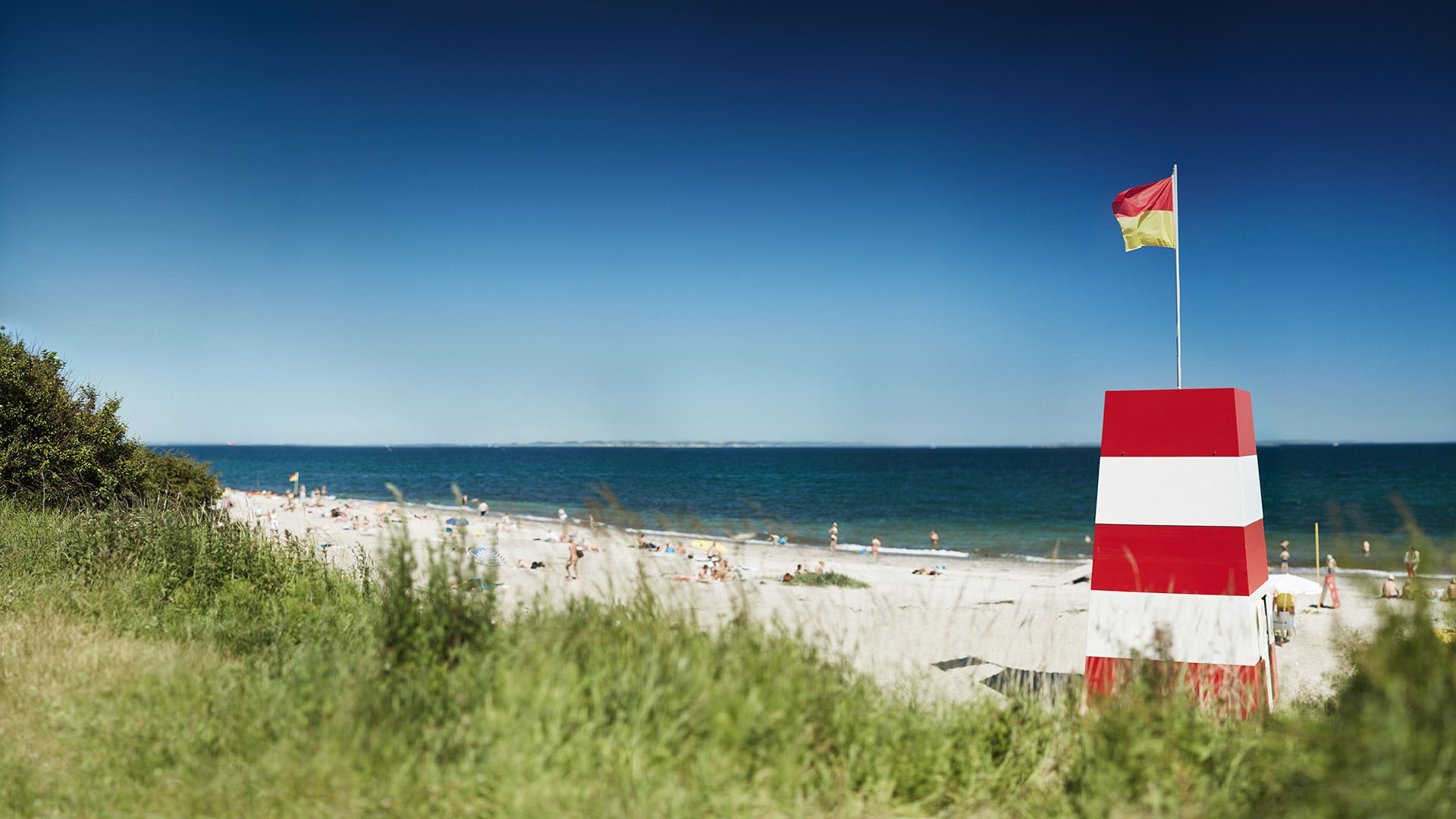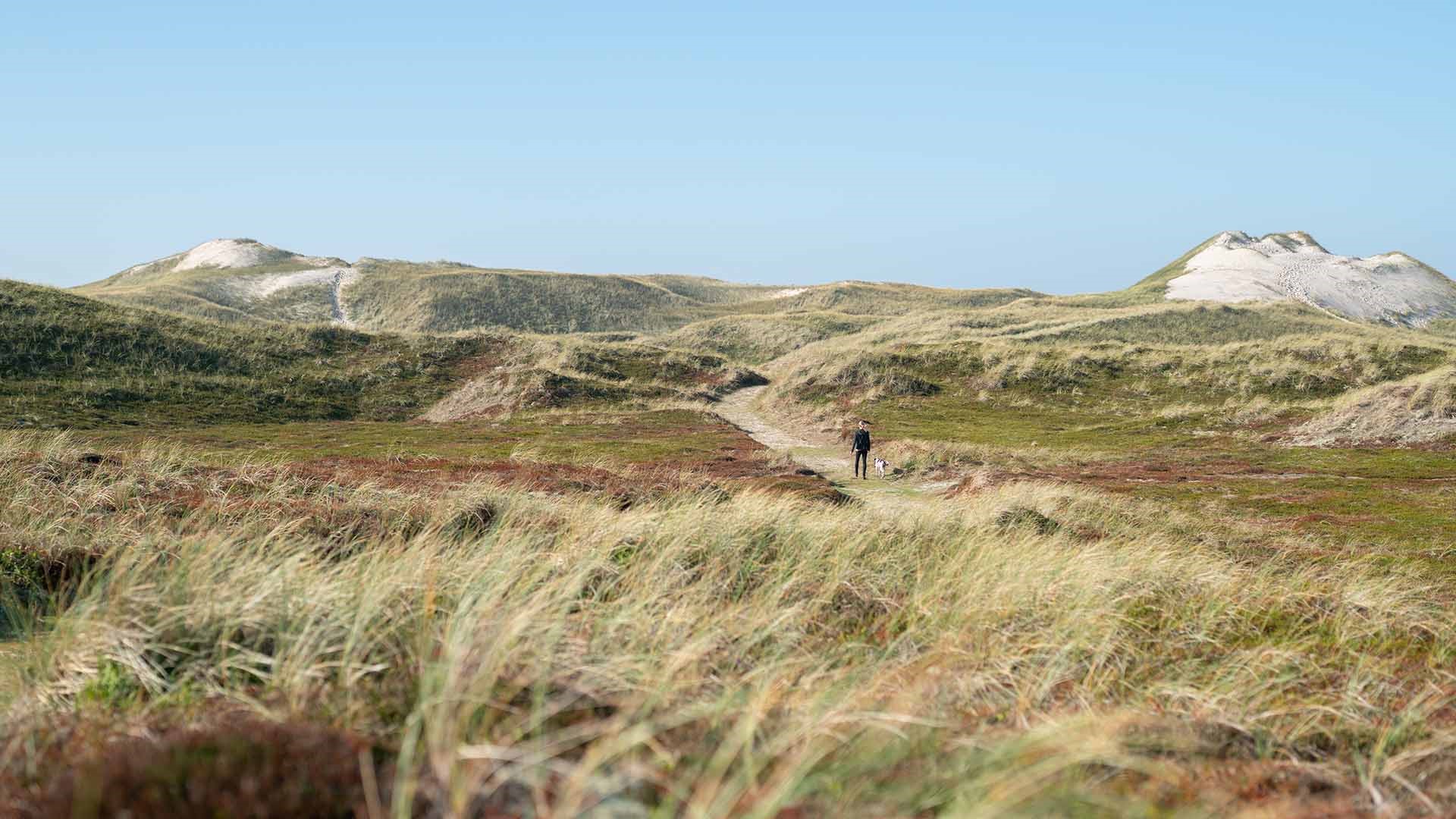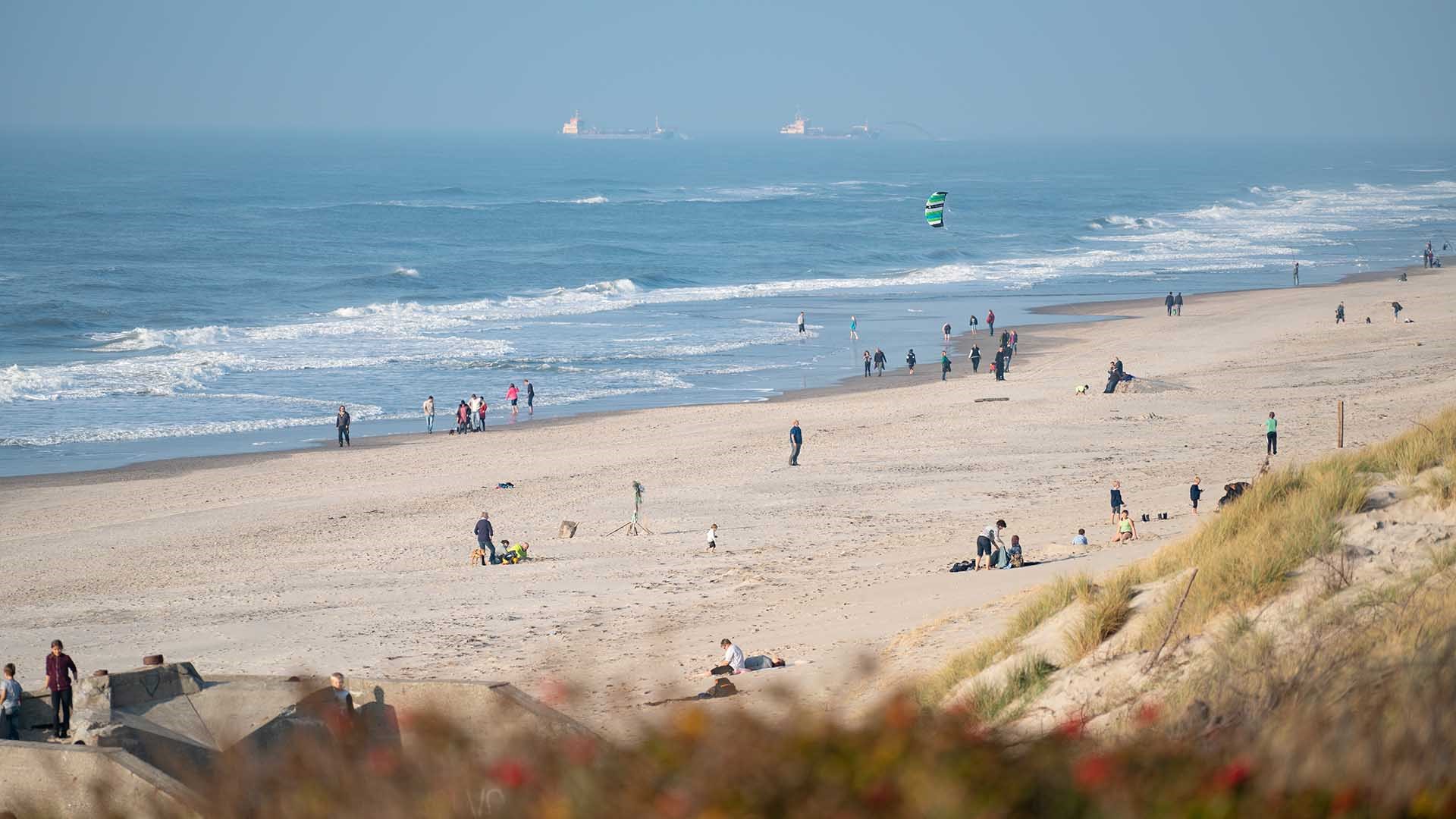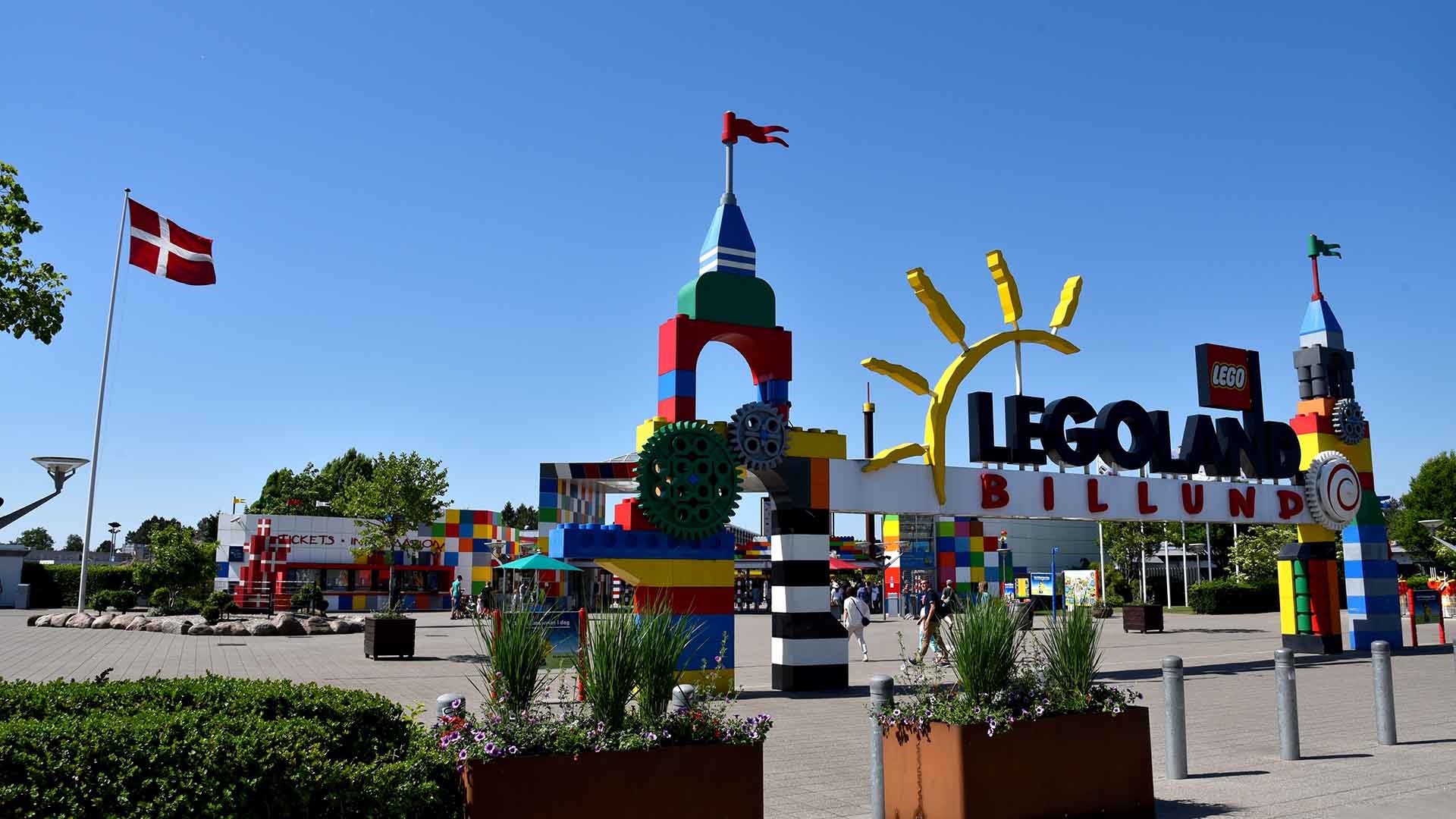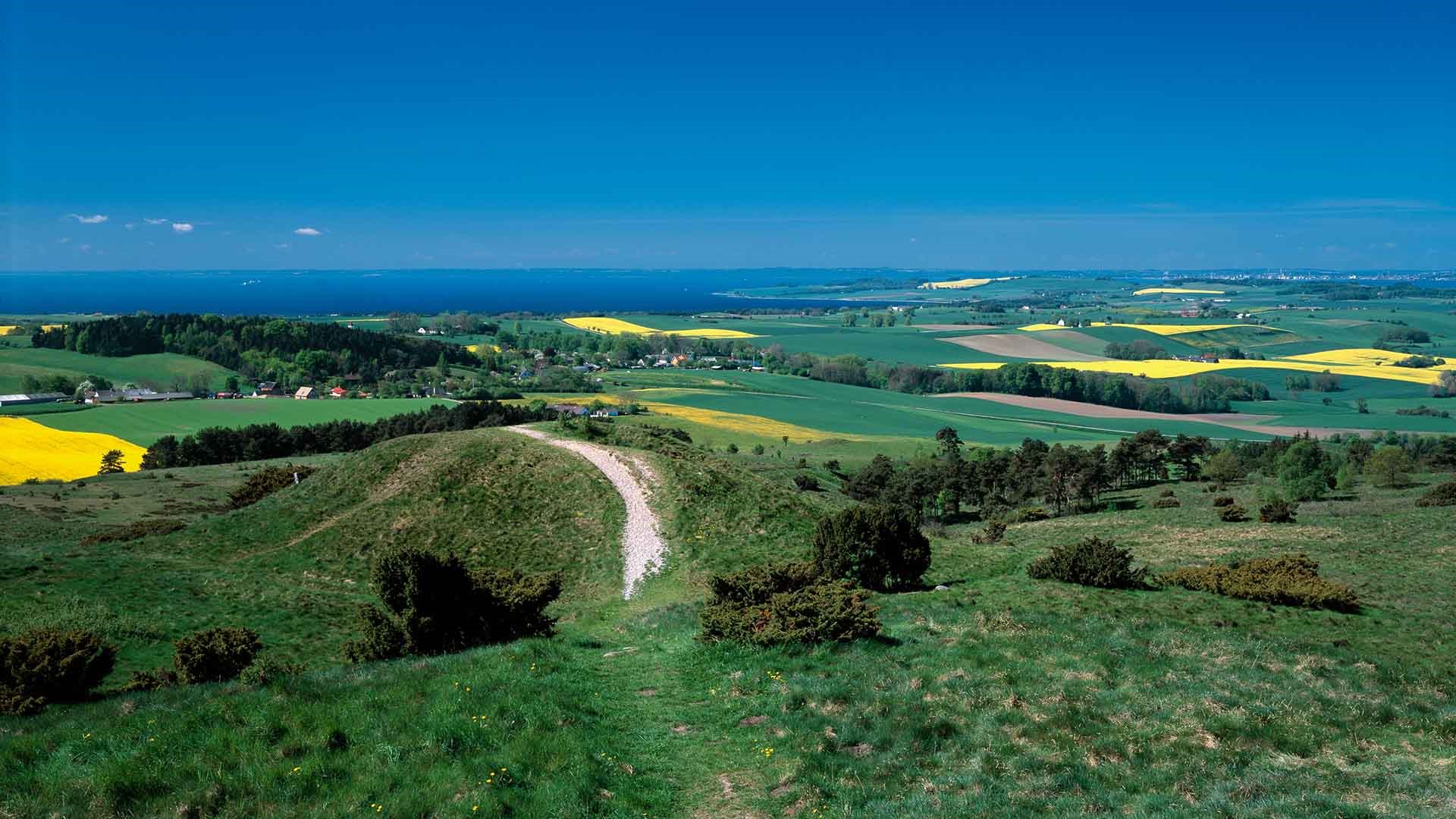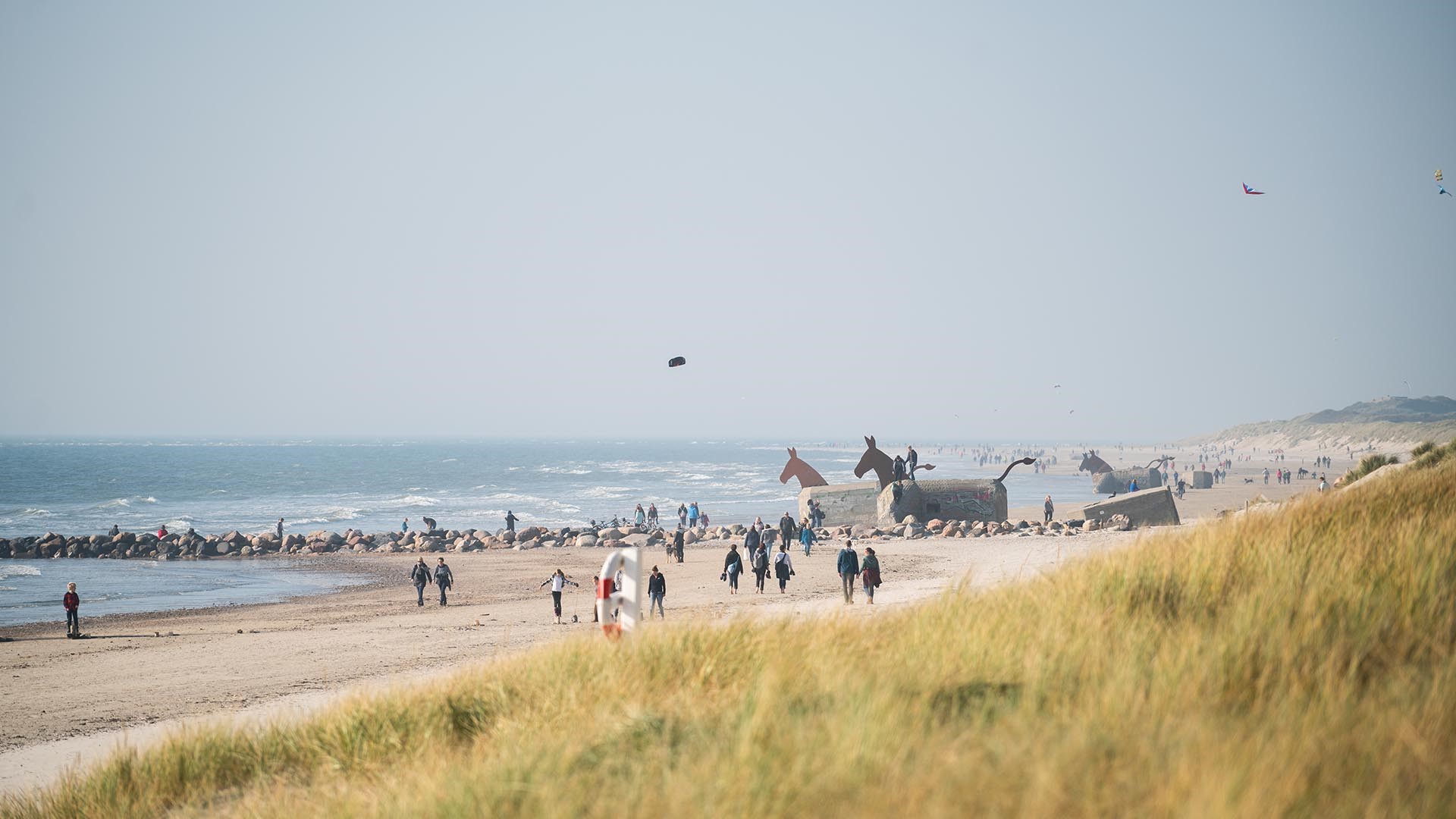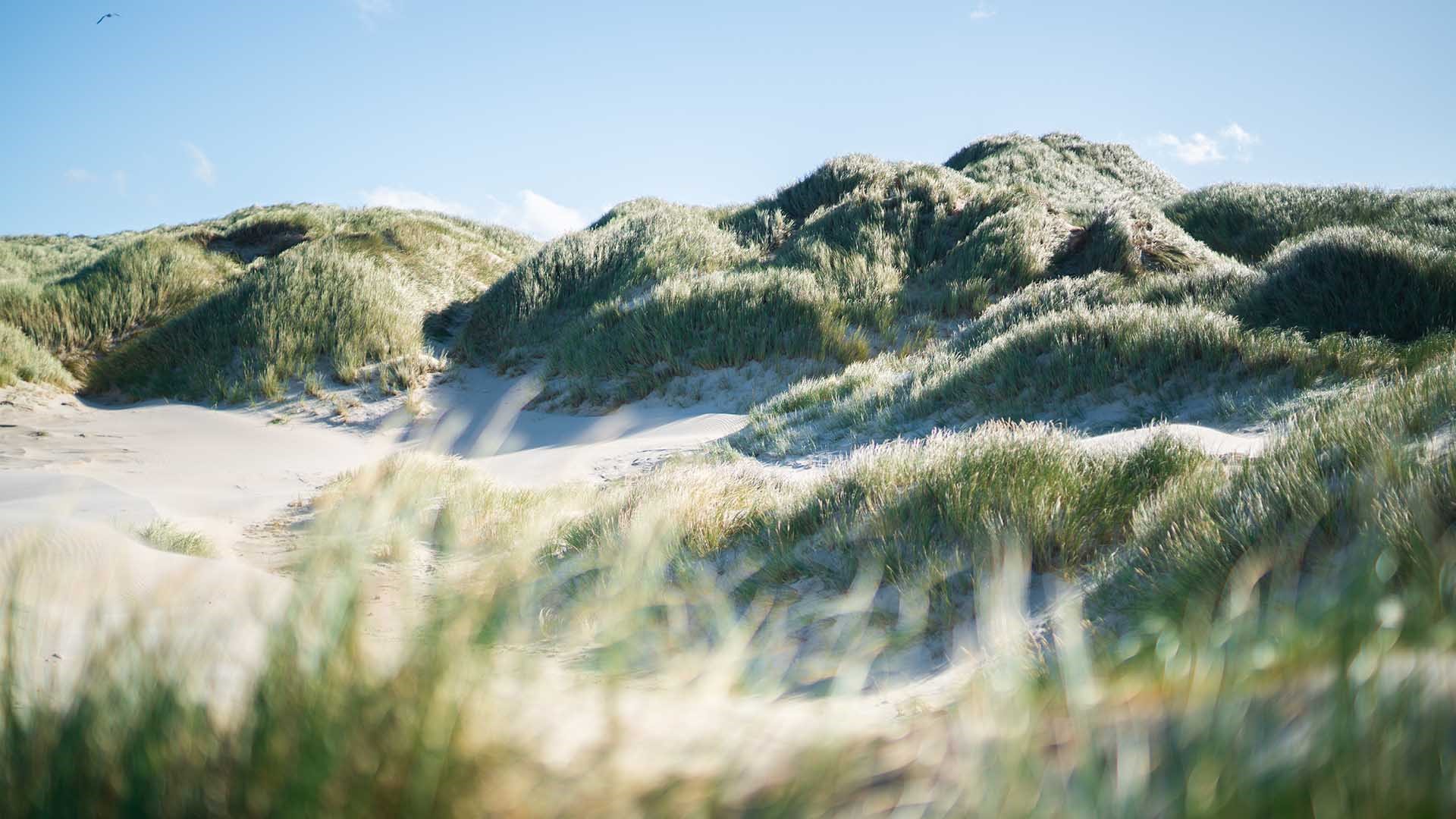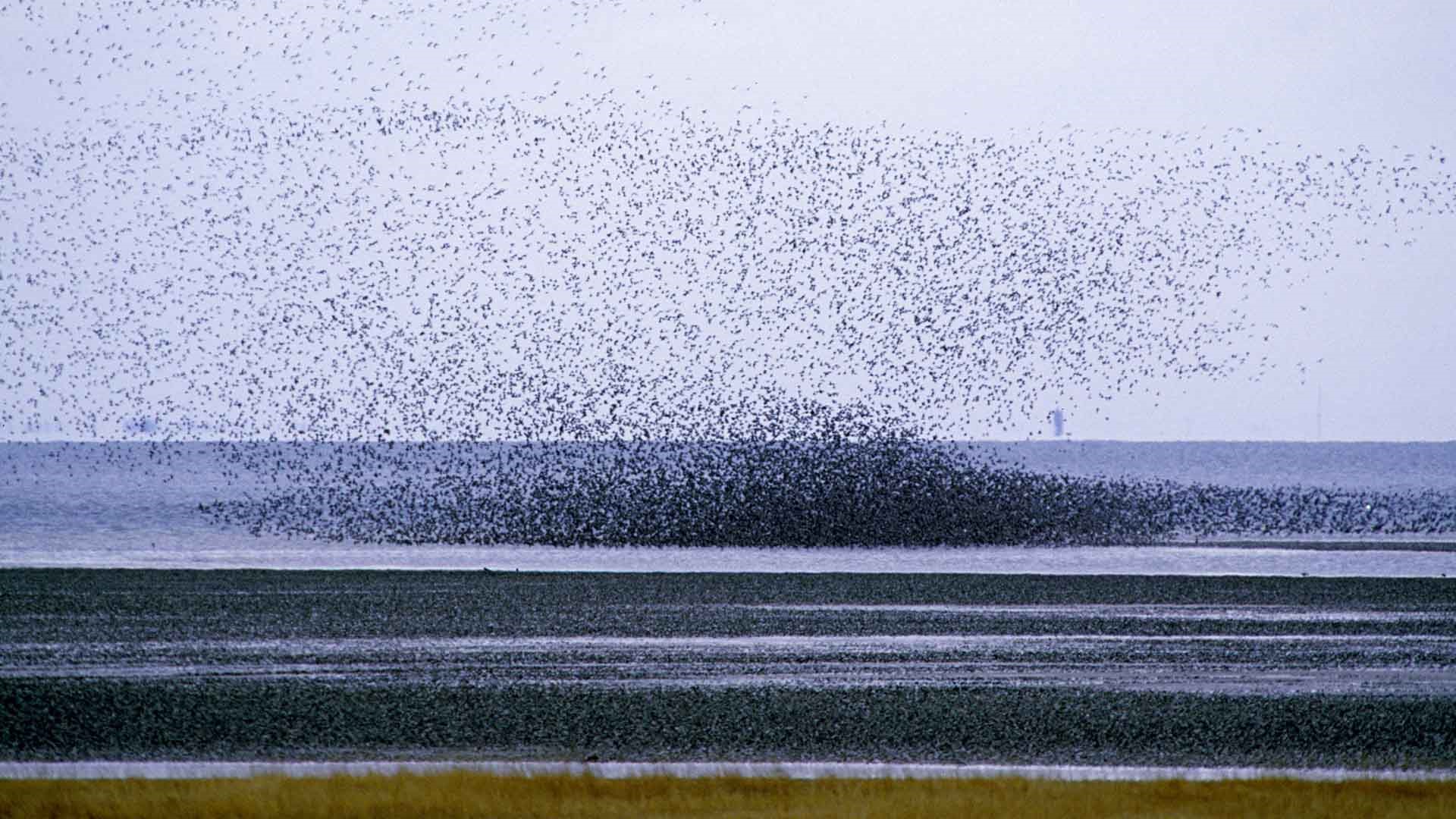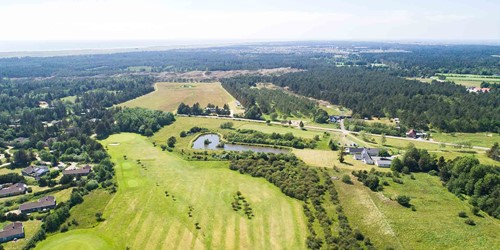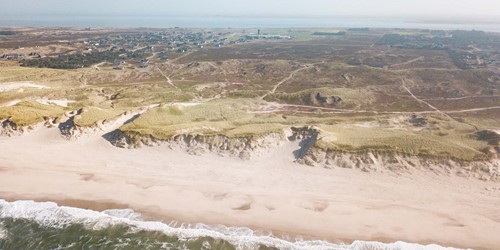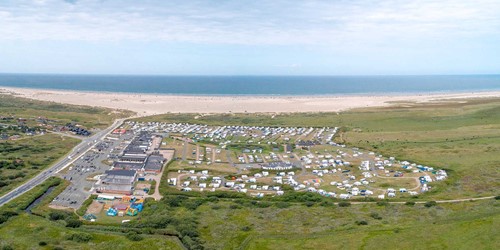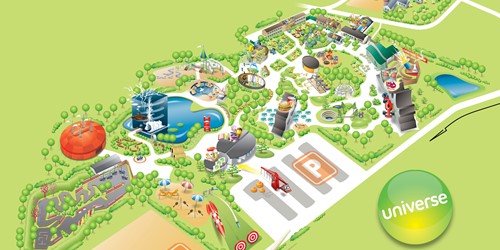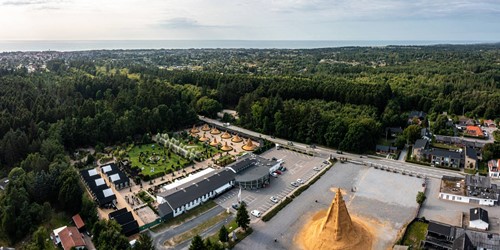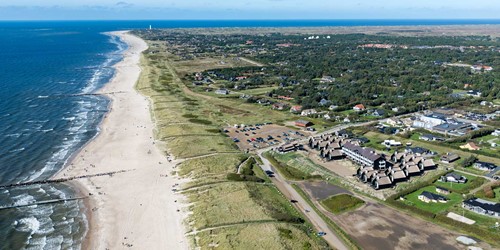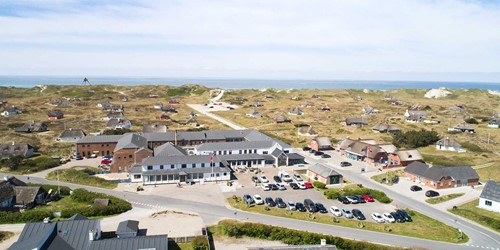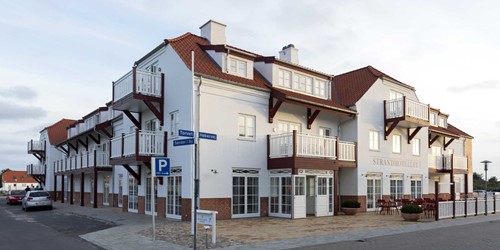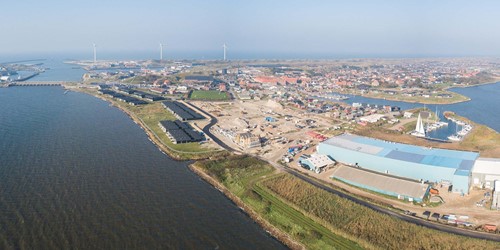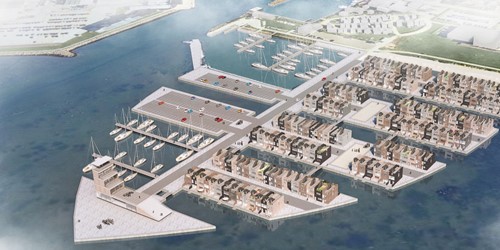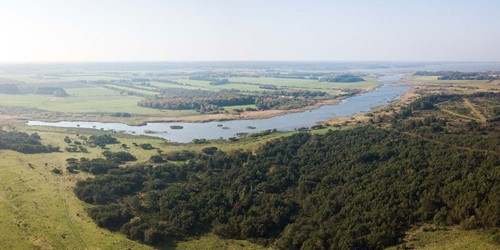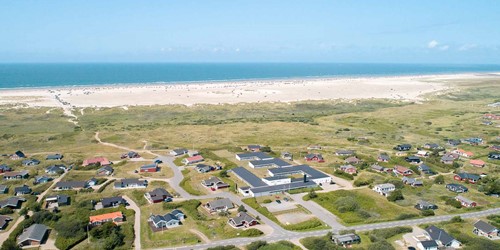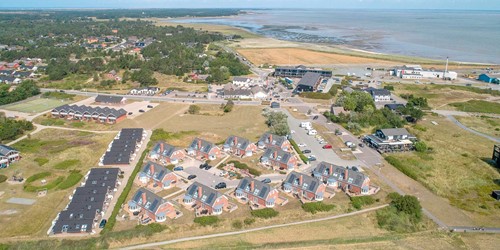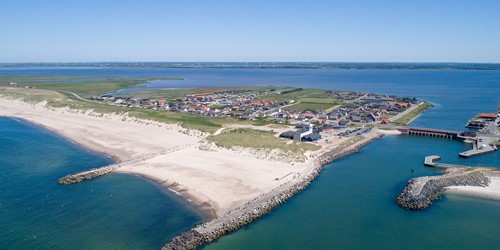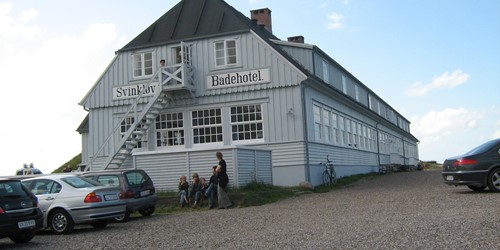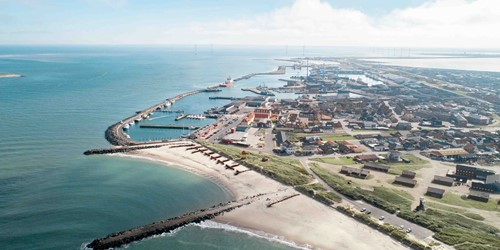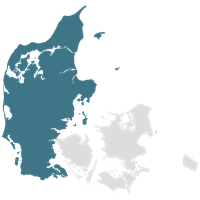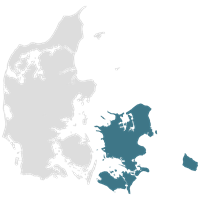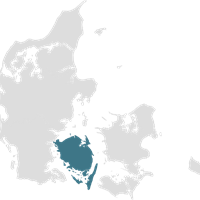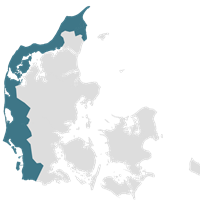Bounded by the North Sea to the west and the Kattegat to the east, Jutland is the only part of Denmark that is directly attached to the European mainland, which means that it is within easy reach for German visitors in particular.
Jutland accounts for approximately two-thirds of the total area of Denmark. It therefore naturally offers a wide array of services, facilities and attractions for tourists, ranging from the West Coast, which is one of the most powerful brands in Danish tourism with a particularly large number in overnight stays in holiday homes, to the North Sea, with traditional coastal holidays as the main drivers and major national attractions for children, of which LEGOLAND deserves special mention.
LEGOLAND is ranked in the Top 3 for the most popular tourist destinations in Denmark and, with approximately 2 million annual visitors, is the most visited attraction outside the Copenhagen area. Other attractions such as the Lalandia Billund Aquadrome in central Jutland, the Fårup Sommerland amusement park in northern Jutland and the Djurs Sommerland amusement park on the peninsula of Djursland provide strong back-up in terms of attractions appealing to families with children.
The east-facing coastlines of Jutland present a clear contrast to the sometimes rugged nature and coastline of the North Sea, and their gentle coasts and beaches are therefore very popular among families with children. The northern part of the east coast features many large areas of holiday homes, for example around the holiday resorts of Aalbæk, Hals and Øster Hurup. Further south, there are large villages and market towns that offer flourishing culture and urban life.
The two cities in the area, Aarhus and Aalborg, which are the second and fourth largest cities in Denmark, make it possible for tourists to supplement their seaside and nature holiday with an urban experience. Many holidaymakers in Djursland enjoy going on one-day trips to Aarhus, for example, adding an urban experience to a coastal holiday. Aalborg is also a popular city for holidaymakers in Northern Jutland or by the Northwest Coast.
Primary towns
Jutland offers traditional holiday resorts along its west coast, for example the coastal town of Skagen (population 8,000), Løkken (population 1,600), and Blokhus (population 500) to the north and Hvide Sande, Søndervig, and Blåvand to the south.
On the east-facing coasts of Jutland, towns that mainly attract holidaymakers include Aalbæk (population 1,400), Hals (population 2,500) and Øster Hurup (population 700). In addition, large cities and market towns in Jutland can be visited, the largest ones by population being:
- Aarhus (230,000)
- Aalborg (120,000)
- Esbjerg (72,000)
- Randers (64,000)
- Kolding (62,300)
Principal attractions
- LEGOLAND (4m annual visitors)
- Djurs Sommerland (0.8m annual visitors)
- Lalandia Billund Aquadome (0.7m annual visitors)
- Fårup Sommerland (0.6m annual visitors)
Principal nature experiences
Gastronomy
- Dyvig Beach Hotel (South Jutland)
- Henne Kirkeby Inn (South Jutland)
- Restaurant Frederikshøj (Central Jutland)
- Restaurant Ti Trin ned (Central Jutland)
- Molskroen Inn (Djursland)
- Villa Vest (North Jutland)
- Ruth's Hotel (North Jutland)
Main events
Each year Jutland hosts numerous sporting events, music events and cultural events. The main events are:
- Skanderborg Festival
- Waterz – The largest water sports festival in Scandinavia
- Made in Himmerland - European Golf Tour
- The International Viking Market in Ribe
In the summer months, many towns in Jutland hold festivals focusing on music, culture, and local food. They are all worth a visit.
Infrastructure
The 360-kilometre Danish section of the European E45 network of motorways links Frederikshavn in the north of Jutland with Frøslev in the south. It is possible to drive all the way from Bologna in Italy to Frederikshavn in Denmark without leaving motorways, which shows how easily accessible Jutland is for tourists from the European mainland. A number of spur routes connect eastern and western Jutland and also provide links to the rest of Denmark.
There are three international airports in Jutland: Aalborg, Aarhus, and Billund airports. Billund Airport is the largest and has a good route network to destinations in Europe. Ferry routes link Jutland to both Norway and Sweden, and North Jutland in particular is a popular destination for Norwegian holidaymakers.
Current capacity
- Camping and caravan sites: 271
- Hotels and holiday parks*: 62,090 beds in 320 hotels and holiday parks (*at least 40 beds)
- Marinas: 116
